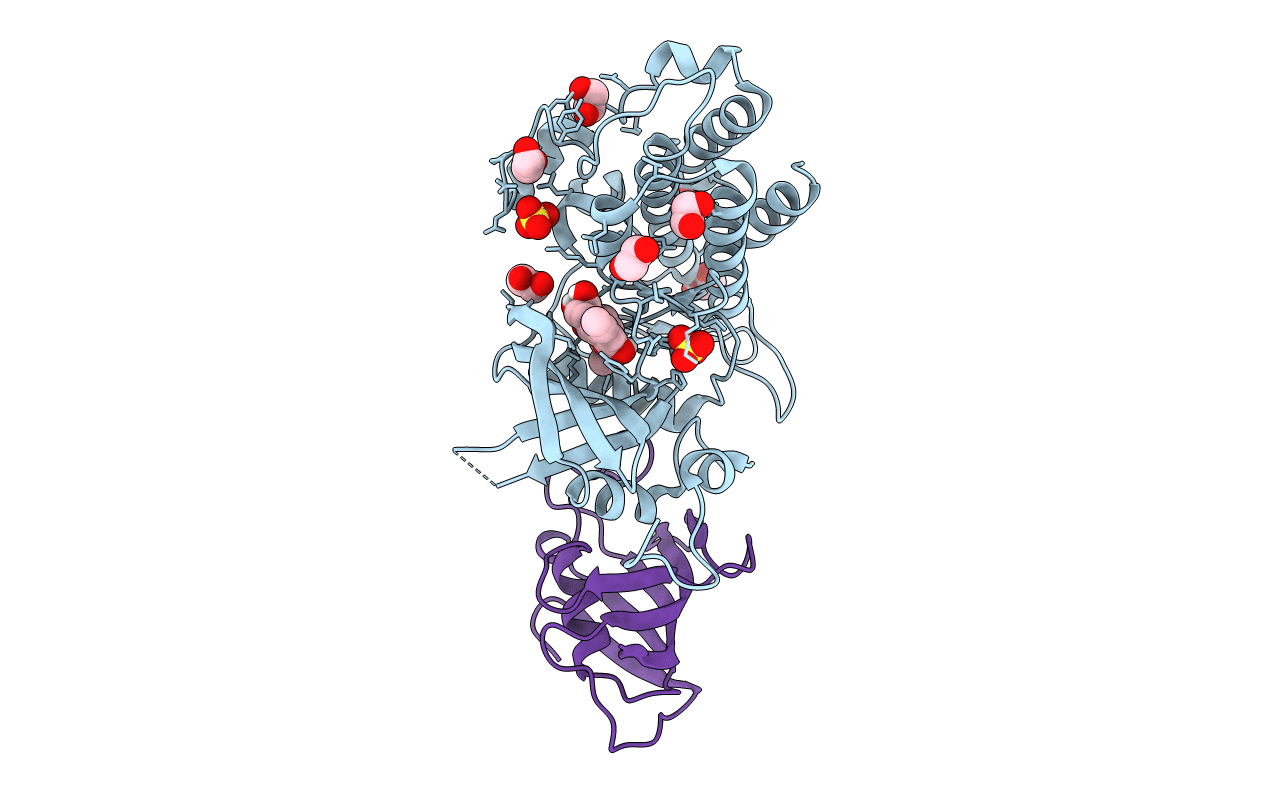
Deposition Date
2018-10-30
Release Date
2019-09-11
Last Version Date
2024-01-24
Entry Detail
PDB ID:
6I1S
Keywords:
Title:
Crystal structure of the ACVR1 (ALK2) kinase in complex with FKBP12 and the inhibitor E6201
Biological Source:
Source Organism:
Homo sapiens (Taxon ID: 9606)
Host Organism:
Method Details:
Experimental Method:
Resolution:
1.52 Å
R-Value Free:
0.19
R-Value Work:
0.17
R-Value Observed:
0.17
Space Group:
P 21 21 21


